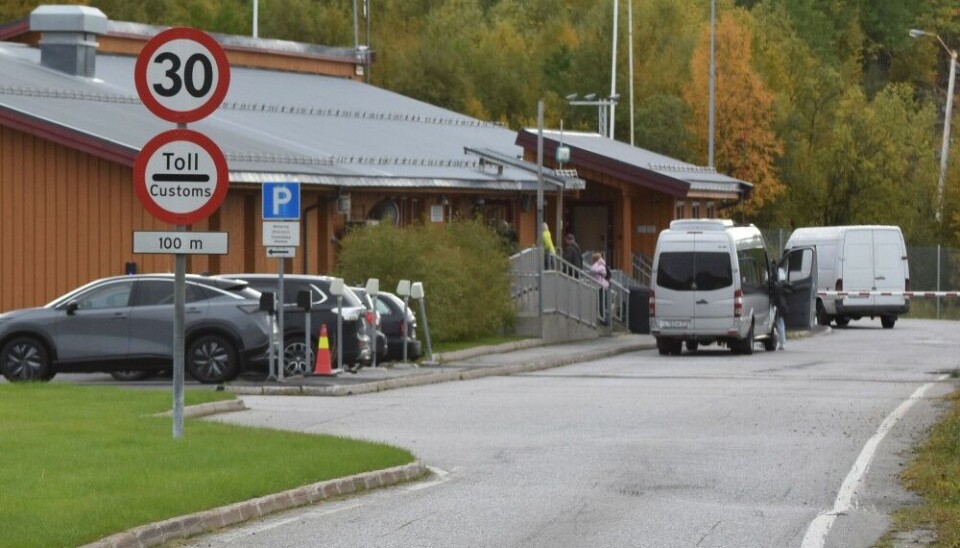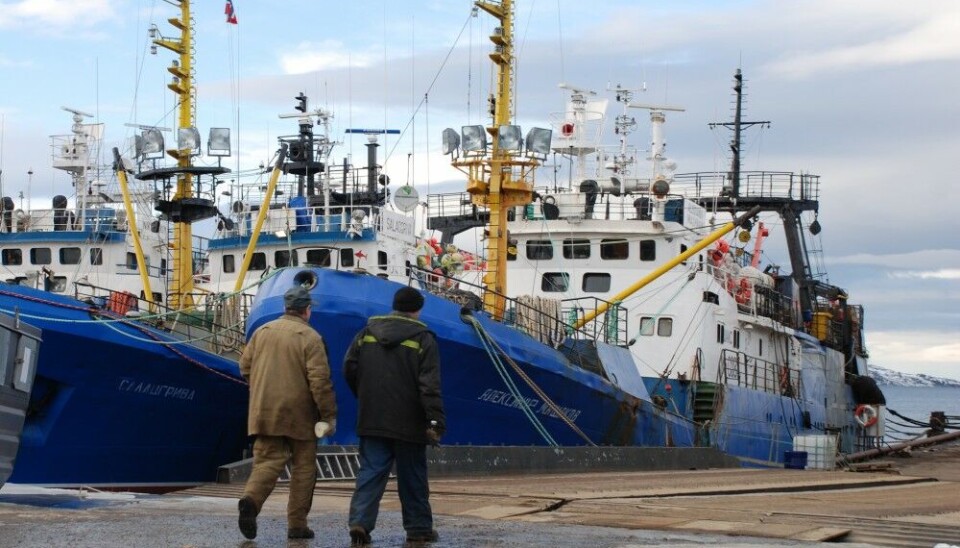
Norwegian Customs lack overview of attempted smuggling of banned goods to Russia
While Finland, Estonia, Lativa, Lithuania and Poland start implementing common requirements and procedures for control over sanctioned goods on move to Russia doesn't non-EU member Norway even have statistics over attempted smuggling of wartime products.
Crossings increased in July and Russian fishing vessels are welcome to ports. Is northern Norway a loophole for smuggling microchips and high-tech destined for the Kremlin’s war machine?
We asked the Norwegian Customs for statistics.
“The information requested do not exist in any ready-made documents in our data-systems,” write head of section Linette Heiberg and senior advisor Henriette Lyngås in a letter to the Barents Observer.
Norwegian Customs is not willing to figure out how many times, if any, persons have tried to smuggle sanctioned goods from Norway to Russia via the land border at Storskog or the three still-open harbours of Tromsø, Båtsfjord and Kirkenes.

Estonian Customs recently found that about every 7th person traveling to Russia were trying to smuggle in banned products like microchips, sanctioned electronics, parts of weapons, drones and even a Starlink antenna.
In addition, the Customs in Estonia prevented a total of €3,275,295 worth of cash being exported to Russia so far in 2024, Finnish newspaper Helsingin Sanomat reports.
“From August 8th Estonia will implement full customs control on the border with Russia to better ensure that we don’t feed Russia’s war machine and help the aggressor evade sanctions,” the foreign minister Margus Tsahkna writes on twitter (X).
Increased controls will effectively mean that anybody traveling to Russia will encounter a representative of the Estonian state, Finance Minister Jurgen Ligi said to the public broadcaster ERR.
In the second half of 2022, when the border between Russia and Finland was still open, a one-week snap-control checking 2,500 travelers revealed around 100 cases that led to consideration of further measures due to sanctions.
In Norway, Customs officials can’t tell if any such banned products ever are stopped up north.
Norway has since 2022 had a less hawkish approach to border openness than the European Union’s frontline states sharing border with Russia and its ally Belarus. When Poland, Lithuania, Latvia, Estonia and Finland banned entry for Russian citizens traveling with tourism visa, Norway kept Storskog open for such crossings until May 2024.
Russia’s northernmost gateway into Schengen is still a preferred route for crossers with dual citizenship and those traveling to meet family members residing in Europe.
Flying north to Murmansk, then join the three hours minibus ride to the airport in Kirkenes and fly south is much cheaper than flying via Istanbul or Dubai.
In July 2024, traffic across Storskog was up 22,7% compared with the month before.
Until October 2023, Russians were allowed to drive into Norway with private cars.
Norway is not a partner when EU-members Finland, Estonia, Latvia, Lithuania and Poland now start implementation of common requirements and procedures for border control to Russia and Belarus in order to stop illegal products that can help Russia in its war against Ukraine.














